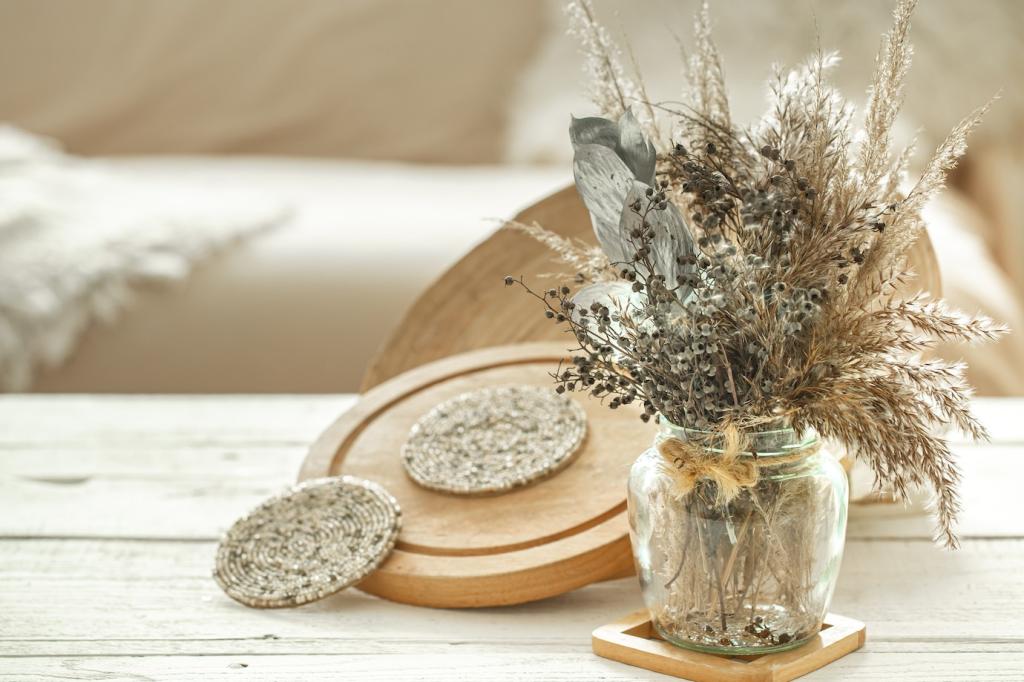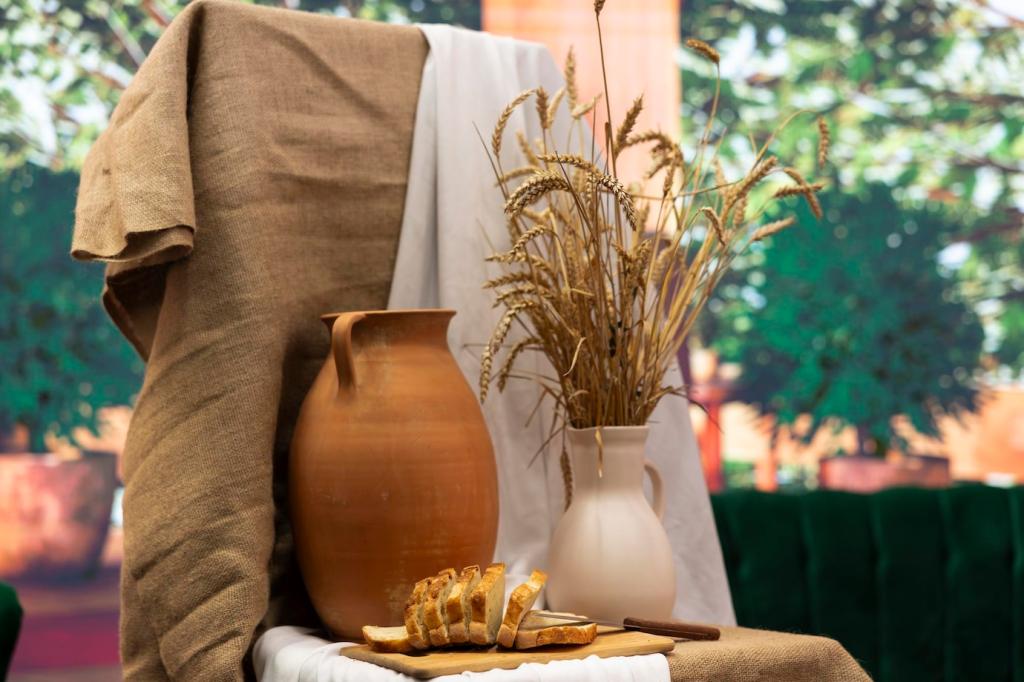Sustainable Materials in Interior Design: A Fresh, Human-Centered Guide
Chosen theme: Sustainable Materials in Interior Design. Step into a space where beautiful interiors and responsible choices coexist. We explore renewable resources, healthy finishes, and circular design strategies that turn rooms into feel-good environments. Join the conversation, subscribe for weekly insights, and help us build interiors that honor both people and the planet.
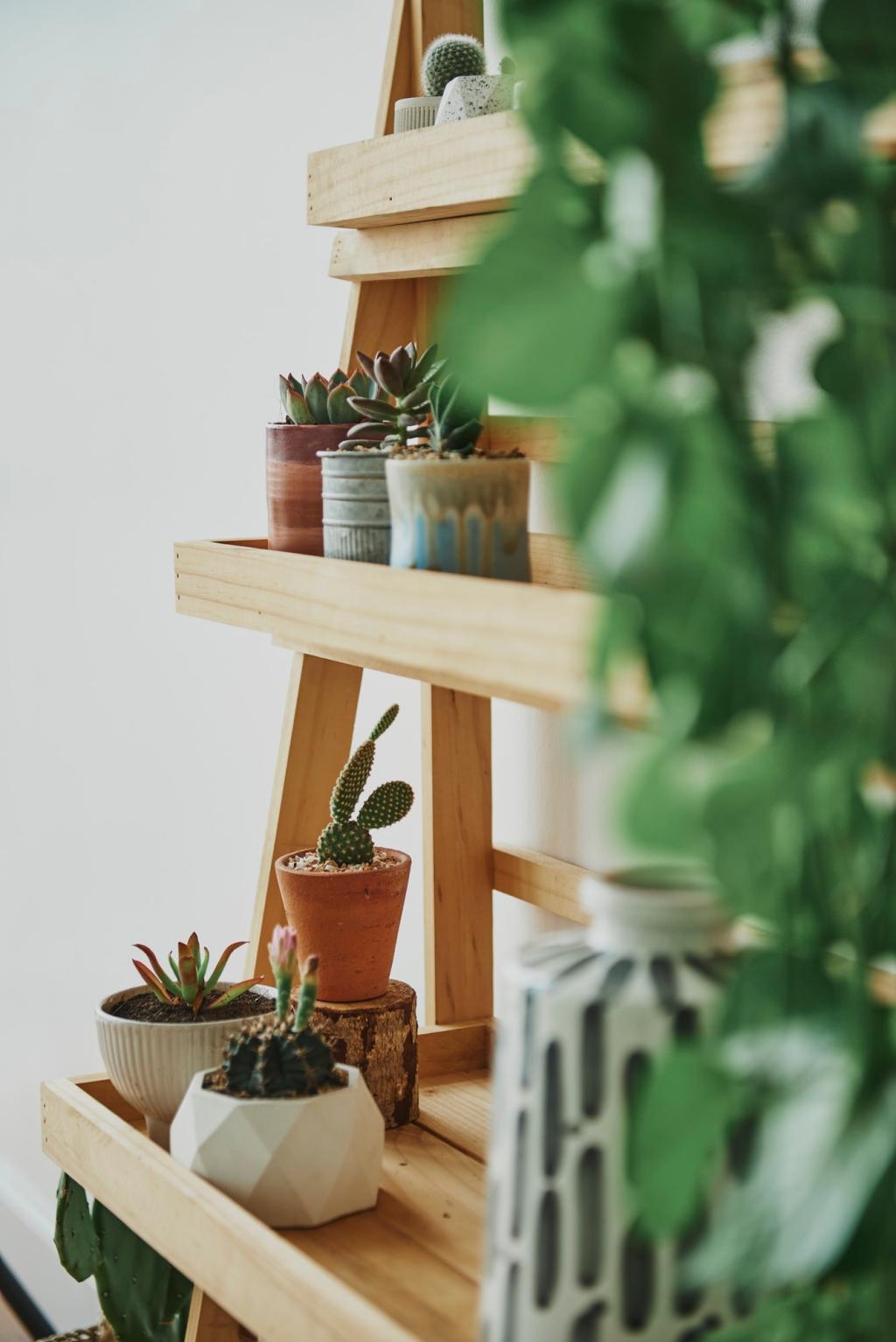
Life-Cycle Thinking
Look beyond color and texture to the entire life cycle: sourcing, manufacturing, transport, use, maintenance, and end of life. This perspective reveals hidden impacts and guides smarter, more compassionate material choices.
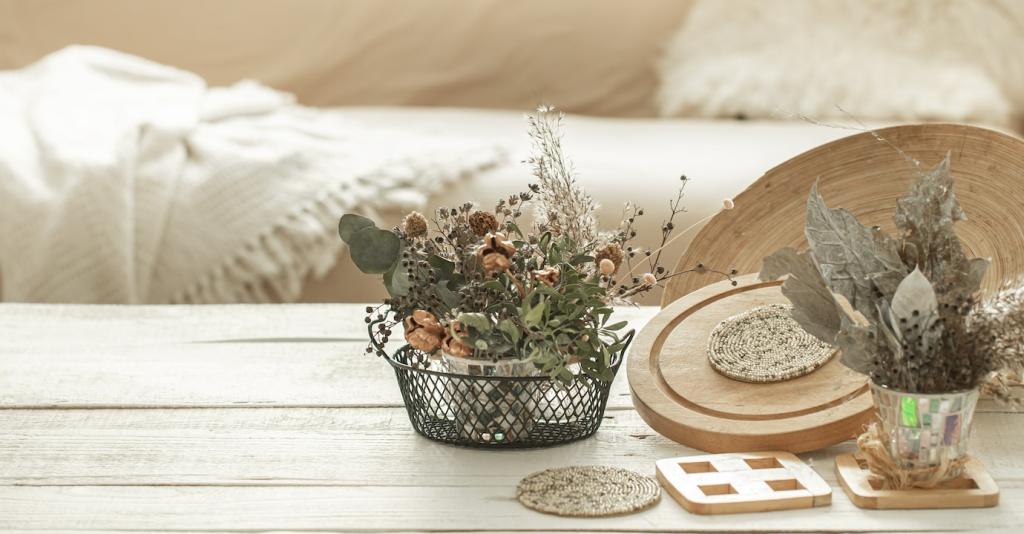
Health and Indoor Air Quality
Prioritize materials that protect your lungs and long-term wellbeing. Low-VOC finishes, formaldehyde-free substrates, and non-toxic adhesives reduce off-gassing while making interiors smell fresher and feel calmer from day one.
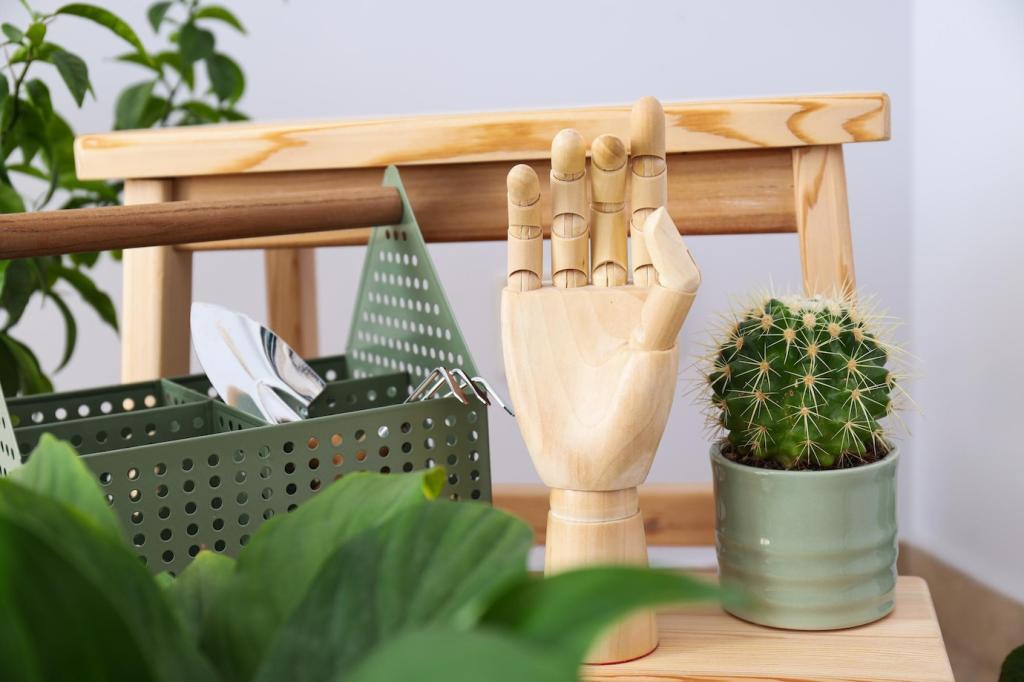
Durability as Sustainability
A durable material used for decades often outperforms a trendy choice replaced every few years. Favor repairable surfaces and components that age gracefully, gaining character without falling apart or demanding energy-heavy replacements.
Reclaimed Wood with a Past
Boards salvaged from barns, schools, or old factories carry stories in their grain. They conserve resources, lock in carbon, and add soulful warmth that new lumber rarely matches in texture, authenticity, and emotional resonance.
Bamboo’s Fast Growth Advantage
Bamboo matures quickly and can be engineered into flooring, panels, and veneers. Choose products with verified adhesives and responsible processing to keep performance high and emissions low in bedrooms, kitchens, and living spaces.
Comfort Underfoot with Cork
Harvested from bark without felling trees, cork offers gentle resilience, acoustic benefits, and thermal comfort. In busy homes or studios, it reduces foot fatigue and brings a quiet, grounded feeling to everyday routines.
Healthy Finishes: Low-VOC Paints, Natural Oils, and Limewash

Modern low-VOC paints deliver strong coverage and color depth without overwhelming fumes. They help create spaces you can inhabit immediately, supporting sensitive occupants, kids, and pets with cleaner, fresher indoor air.
Design for Circularity: Reuse, Repair, and Modularity
Shopping Salvage and Vintage
Architectural salvage yards, online marketplaces, and community exchanges are treasure troves. Doors, light fixtures, and cabinets can be restored, saving money and carbon while infusing spaces with character and history.
Modular Components That Evolve
Select shelving, seating, and partitions built to be reconfigured or expanded. Modularity extends usefulness, reduces wasteful tear-outs, and keeps your interior agile as life shifts, families grow, or work patterns change.
Designing for Disassembly
Use mechanical fasteners instead of permanent glues where possible, and document assembly. Future you—or the next owner—will thank you when parts can be repaired, reused, or recycled without a demolition mess.
Trustworthy Signals: Certifications and Ethical Sourcing
Certifications to Know
Explore credible programs like FSC for wood, GREENGUARD Gold for indoor air quality, and Cradle to Cradle for holistic assessment. These labels translate complex science into practical, trustworthy guidance for everyday decisions.
Local and Traceable Supply
Shorter supply chains typically mean fewer transport emissions and more accountability. Ask vendors about origin, labor practices, and chain-of-custody to align your interior with values that extend beyond the home.
Transparency Builds Confidence
Request product data sheets, VOC figures, and maintenance requirements. Brands willing to share details usually invest in better processes, making it simpler to balance aesthetics, performance, and sustainability in your design.
Performance and Care: Longevity Without Compromise
Match materials to the realities of the space. High-traffic entries benefit from rugged surfaces, while cozy bedrooms welcome softer finishes that regulate temperature and absorb sound gracefully.
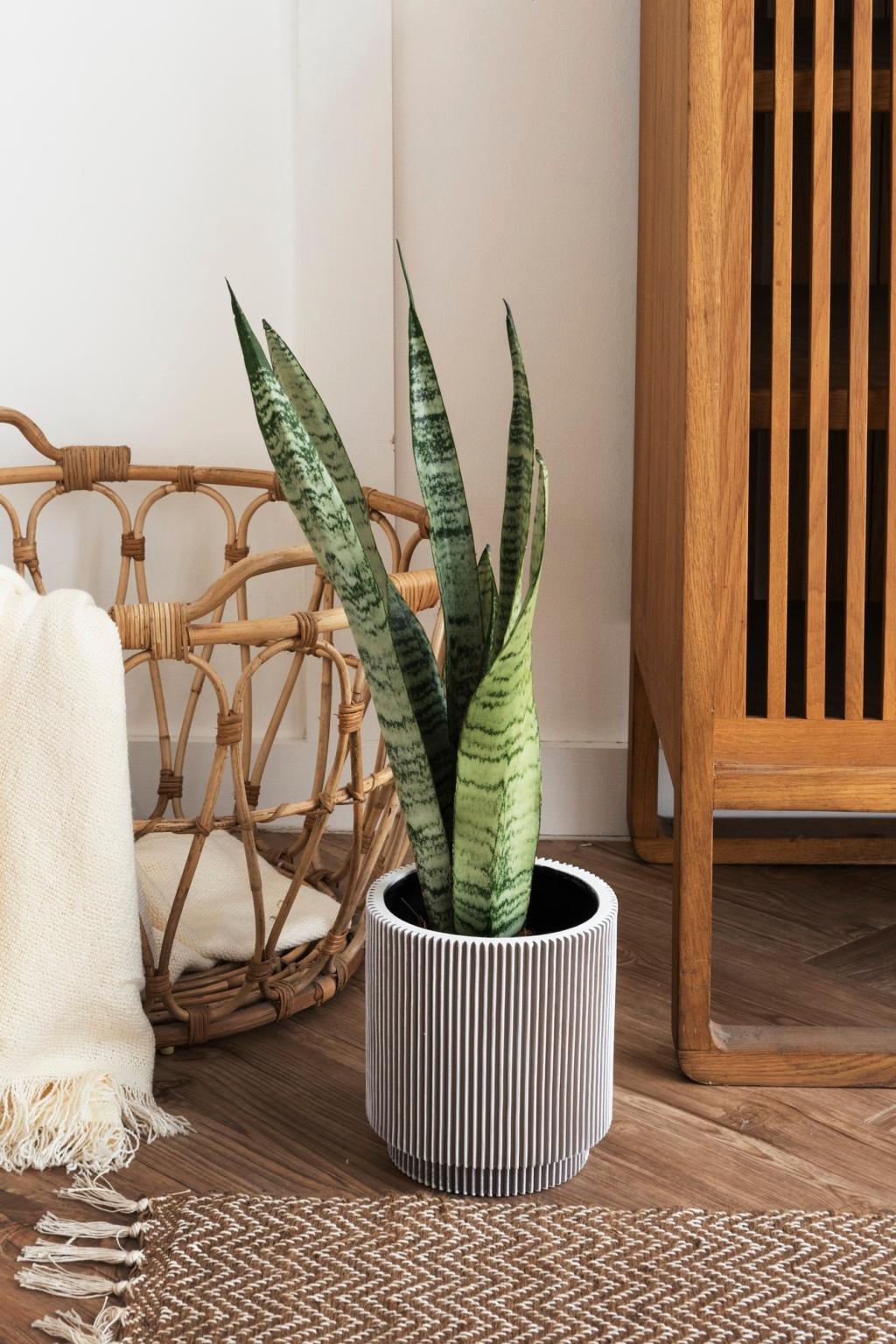
A slightly higher upfront cost often pays you back in longevity, lower maintenance, and fewer replacements. Over five or ten years, durable, healthy materials typically outperform disposable, trend-chasing alternatives.
Budget-Smart Sustainability: True Cost Over Time
Focus sustainable upgrades on areas you touch daily—countertops, flooring, and finishes near breathing zones. Tactical improvements here multiply benefits for comfort, health, and everyday pleasure in your rooms.
Budget-Smart Sustainability: True Cost Over Time
Stories That Inspire: Real Spaces, Real Materials
A family repurposed old school gym flooring into a dining room table. Every scuff tells a story, and the sealed, low-VOC finish makes dinner conversations feel grounded in memory, movement, and warmth.
Stories That Inspire: Real Spaces, Real Materials
A small design studio swapped cold tile for cork. The acoustic hush boosted focus, while gentle resilience eased long standing sessions, affirming that sustainability and comfort can be beautifully inseparable companions.
